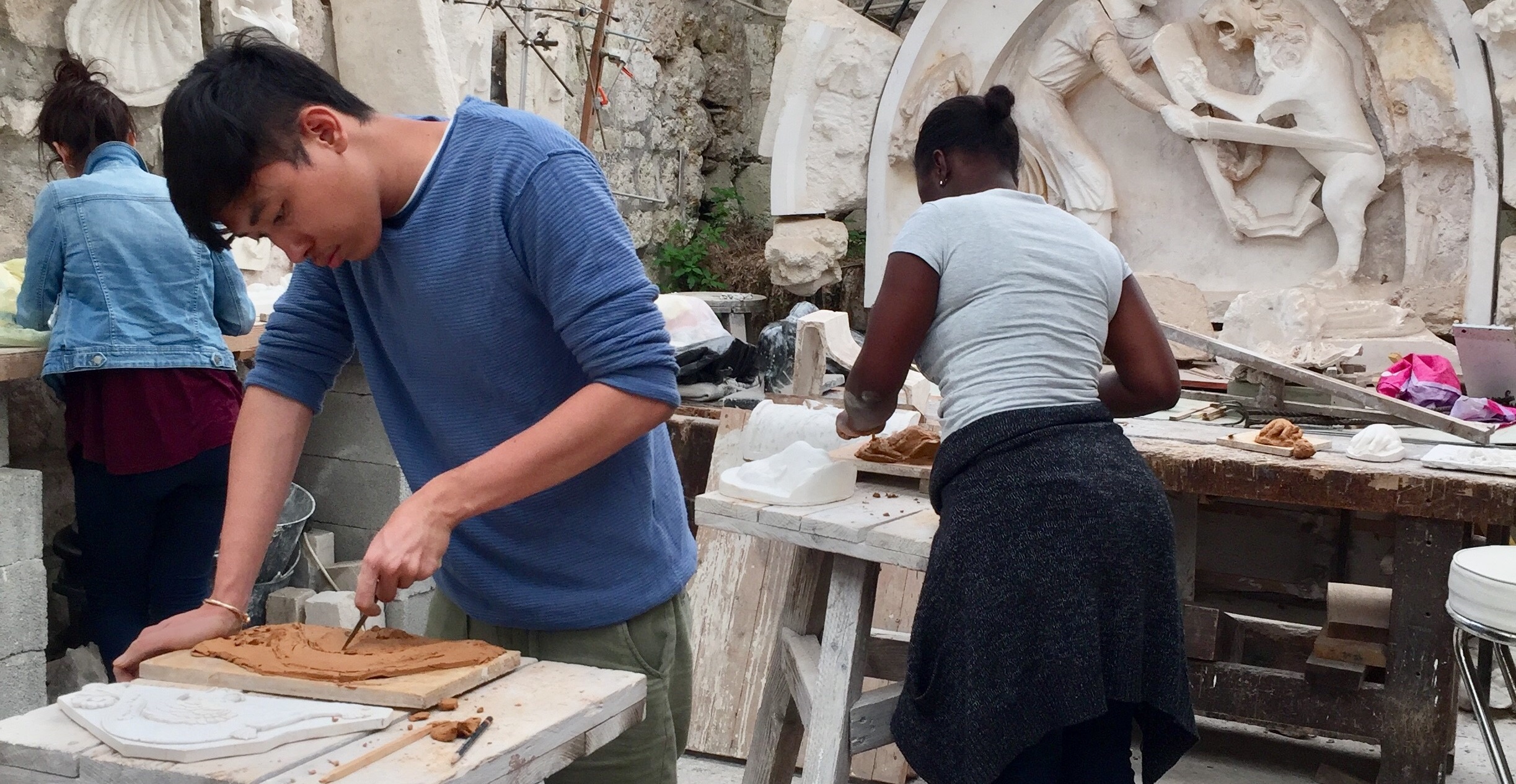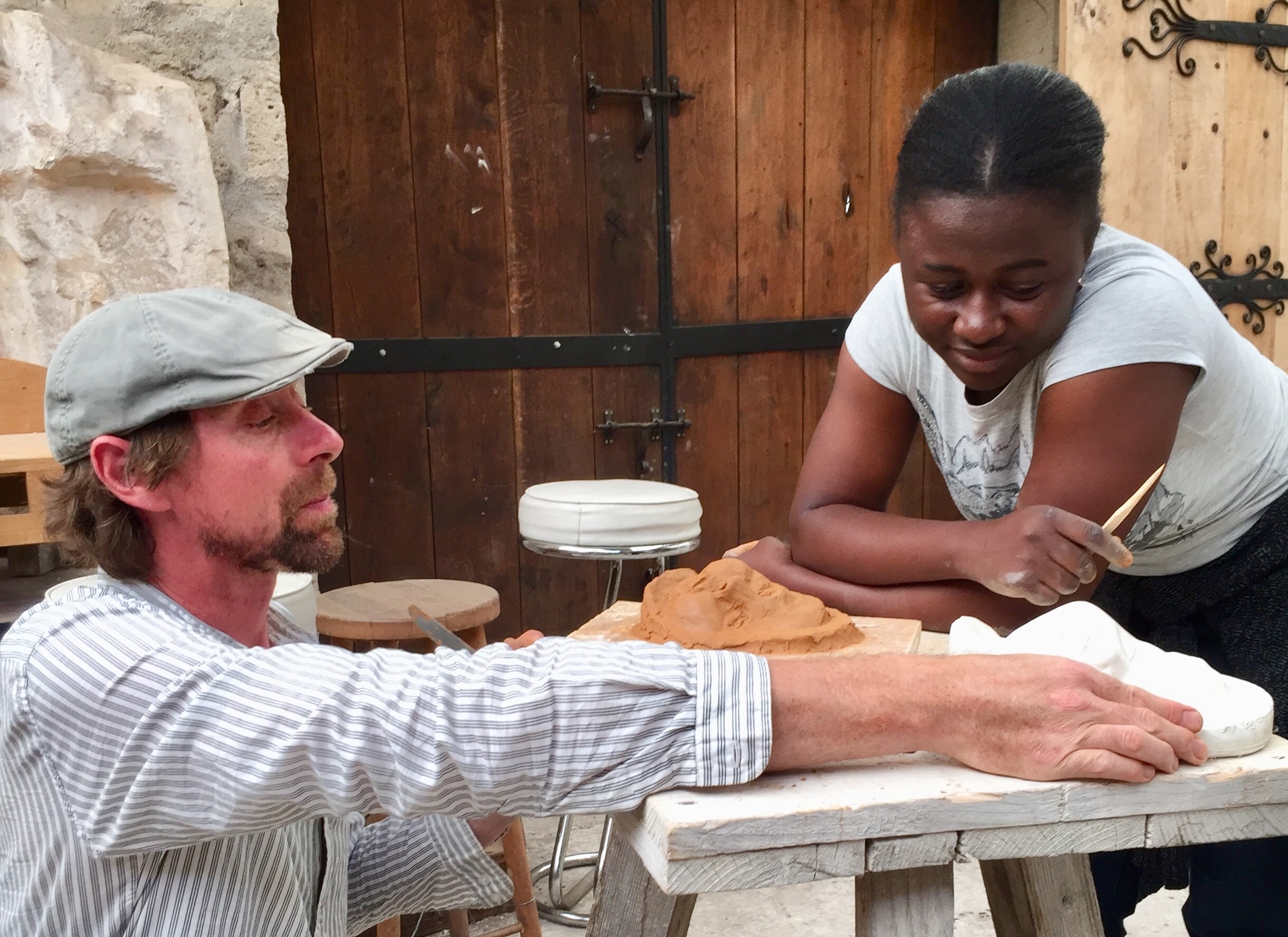-
Social inclusion and action for heritage
Posted on March 30, 2019
The REMPART movement was set up in 1966, simultaneously to the growing of the heritage consciousness among French society, to enable volunteers who had contributed to saving a monument in local groups, to exchange their experiences and so to strengthen their means of action. It was also an opportunity for those who could undertake such work to take part in the activities organized by others. More than fifty years later, based on the number of heritage sites under its care and the extent of its field of action, REMPART became the leading national movement operating in a hand-on and organized way for the preservation and restoration of heritage sites. In addition to achieving national recognition, it is now also developing internationally. In 2018, close to 3 500 volunteers were involved in roughly 300 “heritage missions”, hands-on trainings, restoration voluntary workcamps, and long-term volunteering… The movement also counts 10 000 citizen involved locally to reinvigorate “their” sites.
In order to share its love for know-hows and its vision for a shared and common heritage, REMPART develops several programme amongst which “Social Inclusion and action for Heritage”. “Social Inclusion and action for Heritage” is one of the bets achievements of REMPART. It demonstrates the capacity of the organization to answer social needs and to keep open to wide range of challenges that heritage can help to address.

Summary
Based on the ideas that heritage has a strong power to bring diverse people together as well as rewarding effect on those who take care of it, REMPART has developed a special programme oriented to young people with fewer opportunities. Started in 2011, the project was disseminated to more and more French regions where REMPART is active and is entitled “Inclusion mobility for Heritage Action”. It consists in reaching out to young people between 17 and 25 years of age, who have dropped out of school or are job-seekers followed up by local back-to-work structures such at the Missions locales. Most often facing social obstacles and economic difficulties, these young people deserve as everyone to experience mobility, volunteering, interculturality thanks to a great and useful time at a heritage sites. The action gets these young people involved in heritage and familiarizes them with the associated trades. This way they acquire and develop human and technical skills by taking part in volunteer work camps restoring heritage sites or buildings.
The programme is supported by public bodies and private partners such as the Heritage foundation and the Hermès Foundation. This support is by instance part of the line of action entitled ‘discovery and transmission of artistic and craft know-how, in particular aimed at young people from disadvantaged backgrounds’, developed by the Hermès foundation.
The programme consist in a three steps approach that we implement with local social structures in charge of helping youth in jobs and orientation research. The 1st step is an information interactive session on what’s heritage, what’s an association, what’s heritage restoration. The 2nd step is an invitation to attend a “Discovery heritage day” hosted and designed by a REMPART member, on its site. The participants, in group, will experience a restoration work under the supervision of a REMPART technical leader. The idea is to spend the full day with the group, to discover heritage restoration materials, tools. It is also a chance to discover a site impregned with history and its team, a group life… If the experience is conclusive, REMPART offers the participants a full stay of two weeks in a voluntary heritage workcamp. REMPART wanted to make the experience valuable for participants and designed a certificate where competences and skills acquired are valorized as part of a non-formal learning process : artistic and cultural skills, ability to take part in a collective project, sense of initiative, etc. The certificate is delivered during a non-formal ceremony organized within the partner structures.
Thanks to this scheme, we have been able to attract young people whom social background would have kept away from a volunteer experience with heritage. We are proud to have contributed to a better inclusion of more than 450 young people and as such to have helped our members to work their access for all abilities … Since 2011, 50 social institutions were involved in our scheme and help to bring 1700 young people to step 1, 900 to step 2, and 480 to step 3 !

Category criteria
A REMPART workcamp experience is above all a way of embracing the idea of ‘Forever, for everyone’, but this project is particularly relevant in what it helps people from different backgrounds to meet and do something visible for the heritage. We measure a double impact of the project. First on participants themselves and second on participating organizations members of REMPART during and after the “workcamp” lifetime ; Today, the project is being disseminating in new regions in France, allowing more young people to be involved and more REMPART members to increase their social inclusion capacity and understanding. Equipping our youth occasional workers with more competences and methods needed for transferring the fundamental values of REMPART to the hard to reach young people is now part of the new challenges we have to tackle.
Our activities on heritage and heritage volunteering based project also significantly contribute to address the needs of refugees, asylum seekers and migrants and increase awareness about this issue within local communities.

 44 (0)20 7824 7157
44 (0)20 7824 7157